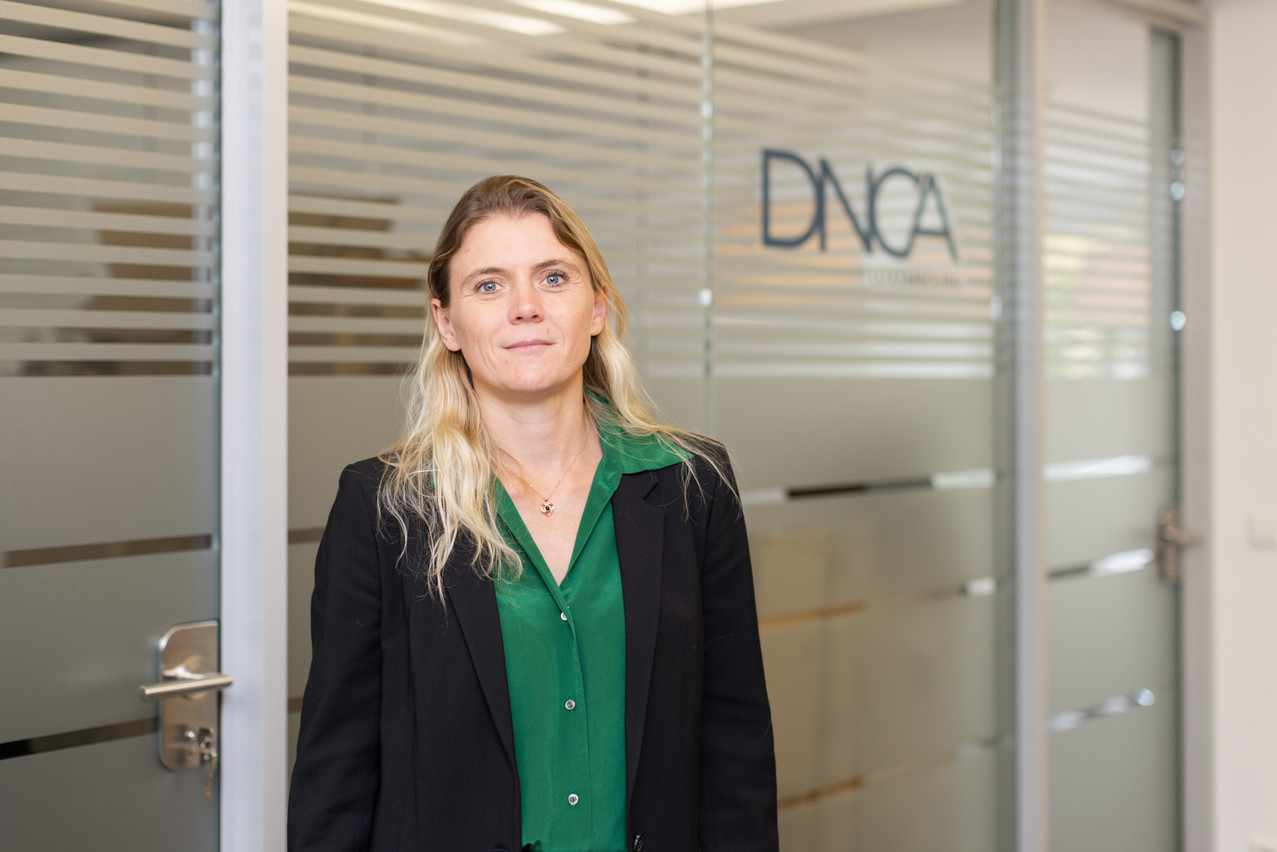Bond markets can get into routines. But “bonds have not been doing well since the beginning of the year,” admits Nolwenn Le Roux, credit specialist at DNCA.
In fact, the market is strongly impacted by the upward trend in interest rates. “Since 2021, the German rate has risen by 2.7%. That’s huge, more than all the rises we’ve seen before. It’s a mini bond crash, bigger than the one in 1994. What is striking is that this rise in rates is a movement of great magnitude, of great speed and from which we cannot see the exit.”
The first victim of this rise in rates is logically the credit market.
“Since August, the investment grade market--where at the beginning of 2022 we still had a yield of 0.5% for a duration of 5.3 [years]--has fallen by 15.8%. This is worse than the decline experienced during the expensive financial crisis of 2008 and the sovereign bond crisis. And the high yield market has seen a similar decline. Whatever quality you chose at the beginning of the year, you’re performing about the same.”
Le Roux said this lack of dispersion is a sign that the only force currently guiding the bond market is the evolution of interest rates. However, she believes that bonds have a future.
Renewed interest in credit
"With a scenario where growth in the coming years will remain low, credit has renewed interest because we have yield and rather more quality at the issuer level." Unlike equities, which need higher growth prospects to perform well, bonds can cope with low growth as long as companies are able to control default risk.
As for when to enter--or re-enter--the market, Le Roux waits for a drop in interest rate volatility, the first signs of inflation--"in 2023, not before”--and better visibility on the extent of the predicted recession. "At that point, I think we'll start to see entry points with yields that will be quite high."
Read also
But selectivity will remain the order of the day. For sovereign bonds, "given that the amounts of government debt are large and will continue to be large, and in addition, the curve will remain fairly flat.”
As for corporate bonds, "what is quite reassuring, but we will have to continue to monitor this too, is that the fundamentals remain solid. Half-year results are good and companies have managed to pass on price increases in most sectors. They have record levels of cash and limited refinancing needs."
As a result, default risk--the main threat to investors--is historically low. "In 2007, we had corporate structures that were much more complicated, higher debt levels and lower quality. In the high yield market, 40% of companies were BB, 50% B and 10% triple C. Today, 70% are BB, and triple C is almost non-existent.”
Rebound capacity
“In 2023, we could have an interesting scenario in which bonds could regain the rank they have lost since the sovereign crisis," she concludes.
Le Roux noted that every time the market had suffered a 12% correction--"and we are at -16% today”--it had rebounded the following year. By 12% after Lehmann in 2008, by 20% after the subprime crisis and again in 2021 post-covid. "The bond market is a market with a real capacity to rebound."
Originally published in French by and translated for Delano
